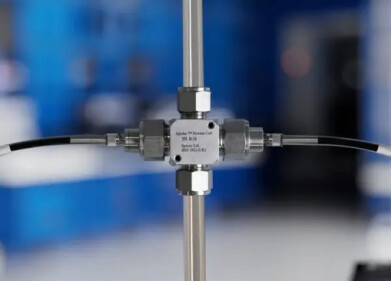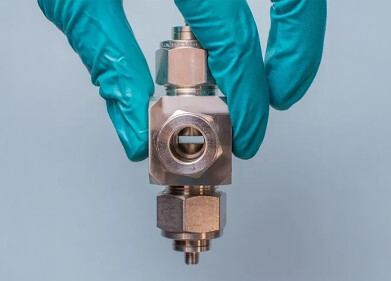Analytical Instrumentation
The Future of Fuels Analysis
Aug 21 2019
Every fuel producer and fuel tester understands that innovation is key for growth. Far too long the status quo has been uncontested, leading to stagnation and complacency in standardised methods being used to analyse fuels.
For a long time, the consensus was that the only way to analyse complex hydrocarbon mixtures was with instrumentation containing a complex network of valves, traps and columns – components which must work in perfect harmony for valid results to be obtained – or with time-consuming and costly methods that rely on the use of a meterstick and dyes.
The future of fuels analysis means no more traps, no more valves, and no more dyes. It means a common platform for multiple fuels analyses. It means automated, precise, and repeatable results, the first time and every time after. The VUV Analyzer™ Platform for Fuels is the future, and it’s available today.
The VUV Analyzer for Fuels is remarkable because of how it collects data. Rather than relying on complex hardware and measuring only two data points, retention time and quantity which traditional fuel analysers measure, the VUV Analyzer for Fuels measures in 3 dimensions – retention time, quantity, and the vacuum ultraviolet (VUV) absorbance spectra, which is the wavelength range of light from 125 to 240 nm. Every analyte has a unique VUV absorption spectrum which can be matched unambiguously to a dedicated library for absolute identification and quantitation. Only a single column is needed on the VUV Analyzer Platform for Fuels, and this means continuous and reliable operation, something you don’t get with other analysers.
Standardised methods are extremely important in the fuels testing world whether the purpose is to determine the quality of the fuel or to measure components that may harm the environment. The VUV Analyzer for Fuels is the only analyser fully compliant with ASTM D8267 for the determination of saturates, aromatics, and diaromatics in aviation turbine fuels, and it’s also compliant with ASTM D8071 for PIONA analysis of finished gasoline. As a bonus, ASTM D8071 has ASTM D6708 and EPA equivalency with D5769, D1319, D3609, and D5599. There are no hardware changes required when switching between these methods, and all are possible on the same 30-meter column.
Naturally, it can be assumed that in order to run as many analysis types as is possible on the VUV Analyzer for Fuels, specialised training is necessary. That’s not the case here! The push-button simplicity of the VUV Analyze™ Software automates the entire process, from setup to results, and keeps your organisation running optimally. By reducing errors, you can have more confidence in the results you generate and more confidence in the decisions you must make daily.
Don’t stay in the past, become part of the future by learning about the VUV Analyzer for Fuels Webinar on the 18th of September 2019 at 16:00 BST or contact VUV Analytics for more information.
Digital Edition
PIN 25.5 Oct/Nov 2024
November 2024
Analytical Instrumentation - Picturing Viscosity – How Can a Viscometer or a Rheometer Benefit You? - Sustainable Grease Formulations: Evaluating Key Performance Parameters and Testing Method...
View all digital editions
Events
Dec 03 2024 Dusseldorf, Germany
Dec 08 2024 Anaheim, CA, USA
Turkey & Black Sea Oil and Gas
Dec 11 2024 Istanbul, Turkey
Dec 19 2024 Aurangabad, India
Jan 20 2025 San Diego, CA, USA



















